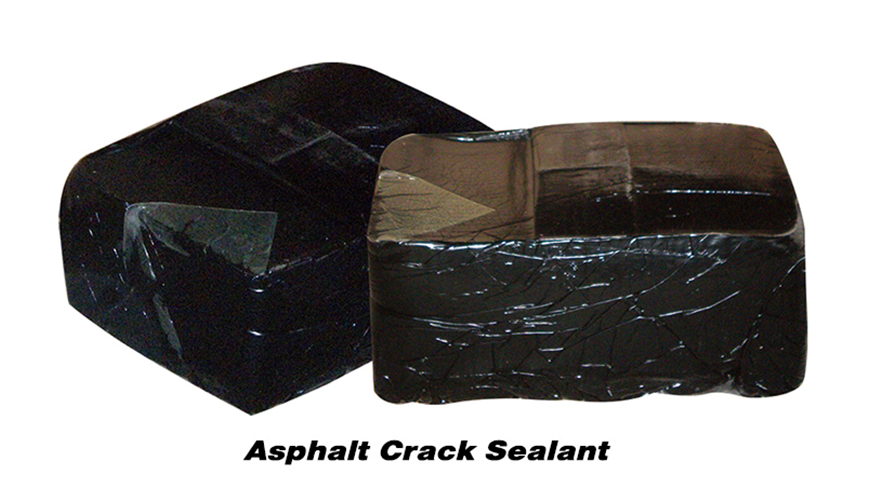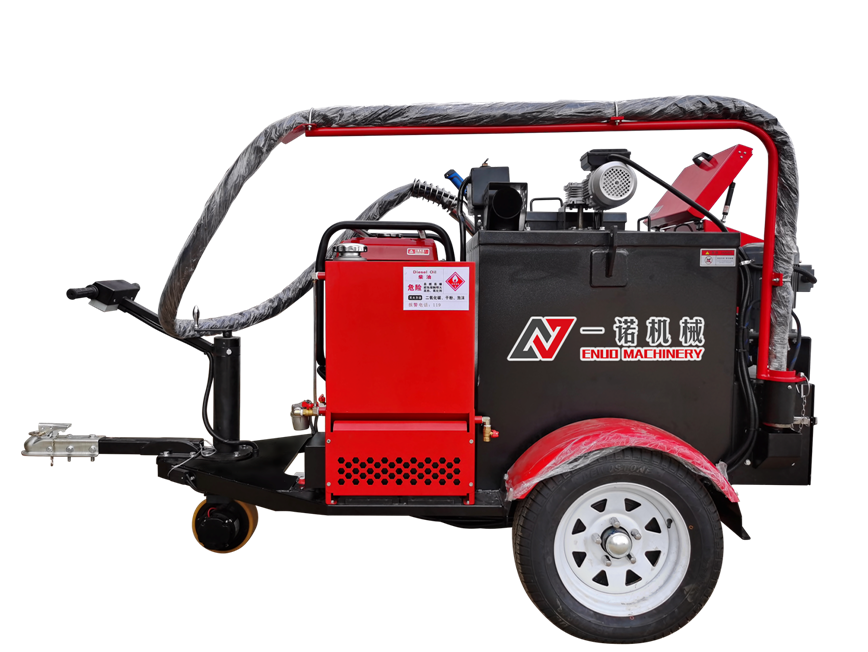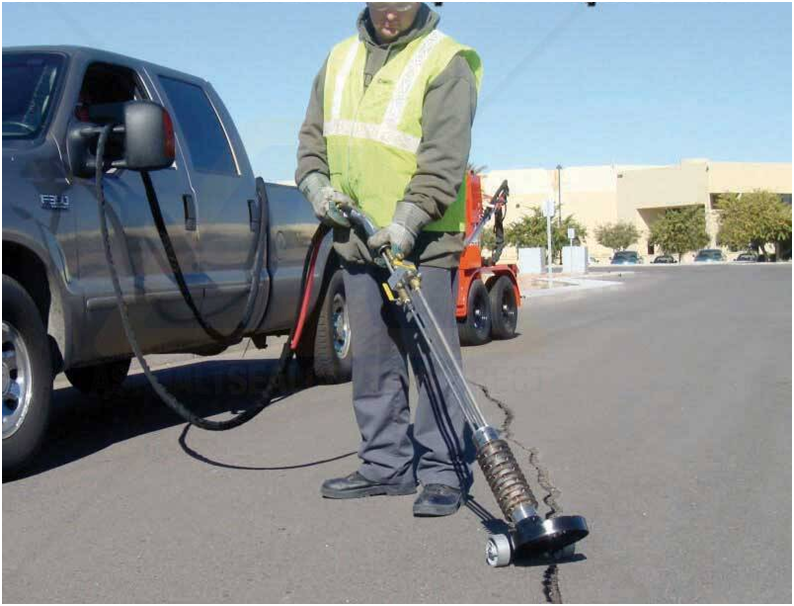Cracks are common disease of asphalt pavement. If the cracks are not treated in time, rainwater will enter the surface layer and base layer through the cracks. Under the action of driving load, the rainwater will form dynamic water and impact the pavement structure layer, which will eventually lead to potholes and other more serious problems in the pavement. One of the common ways to deal with cracks is crack sealing with sealant, which is an effective preventive maintenance measure aimed at waterproofing. The service life of the asphalt pavement can be extended through joints filling, and the construction cost is low, only 1/6 of the cost of digging and repairing the pavement.
1. What season is suitable for crack sealing?
Pavement cracks will expand with heat and contract with cold due to changes in ambient temperature, and are greatly affected by climate and temperature changes in winter and summer, so it is not suitable for joint filling construction. Spring and autumn have little rain, little temperature change, and relatively mild climate, which has little effect on the high temperature stability of the joint filling material, so it is the most ideal time for joint filling construction.
2. Materials and equipment required for crack sealing
Special material: road sealant, which has strong bonding ability with the seam wall, does not stick to the wheel at high temperature, does not brittle at low temperature, and has good durability.

Special equipment: pavement slotting machine, seam cleaning machine and seam filling machine.

3. Crack filling process
(1) Grooving

According to the crack mark, adjust the slotting width and depth of the slotting machine, align the center line of the crack and cut a uniform U-shaped groove. The ratio of slot depth to width should not exceed 2:1, and at least 1 cm wide , 1.2 cm deep.
(2) Dry and clean

After the slotting is completed, the residue needs to be cleaned up to ensure a firm bond between the sealant and the seam wall. Compressed air and wire brush methods can be used to clean the slot.
(3) Sealing cracks

Use a professional road crack sealing machine for construction. There are trailer type, self-propelled type and truck-mounted type to choose from, and the corresponding model can be selected according to the required capacity.
(4) Maintenance and repair
After the filling is completed, according to the temperature, the traffic is opened after cooling for 10-20 minutes.
4. Key factors and construction skills affecting the quality of joint filling
(1) The construction temperature is one of the main reasons for the peeling off of the sealant. When the road surface temperature is lower than 4°C, the temperature of the sealant will drop rapidly, shrink significantly, and the temperature stress between the sealant and the groove wall will be large, which will reduce the adhesive force between the sealant and the road surface, and it will easily fall off later.
(2) Humidity in cracks. The road surface should be kept dry when filling the joints. Humidity will reduce the adhesion between the sealant and the road surface, causing part of the sealant to fall off.
(3) Keep it clean. Before filling the joints, use an air compressor to remove dust and debris in the cracks after slotting and loose objects around them, so as to keep the cracks clean.
(4) In the scope of filling joints, the ruts are serious, especially on the pavement where network cracks are formed, it is not suitable to use this method to treat cracks.